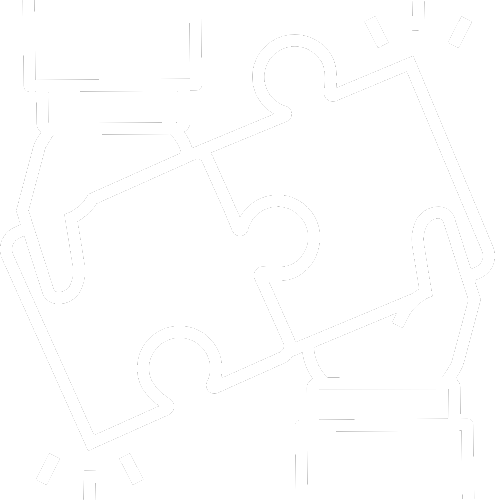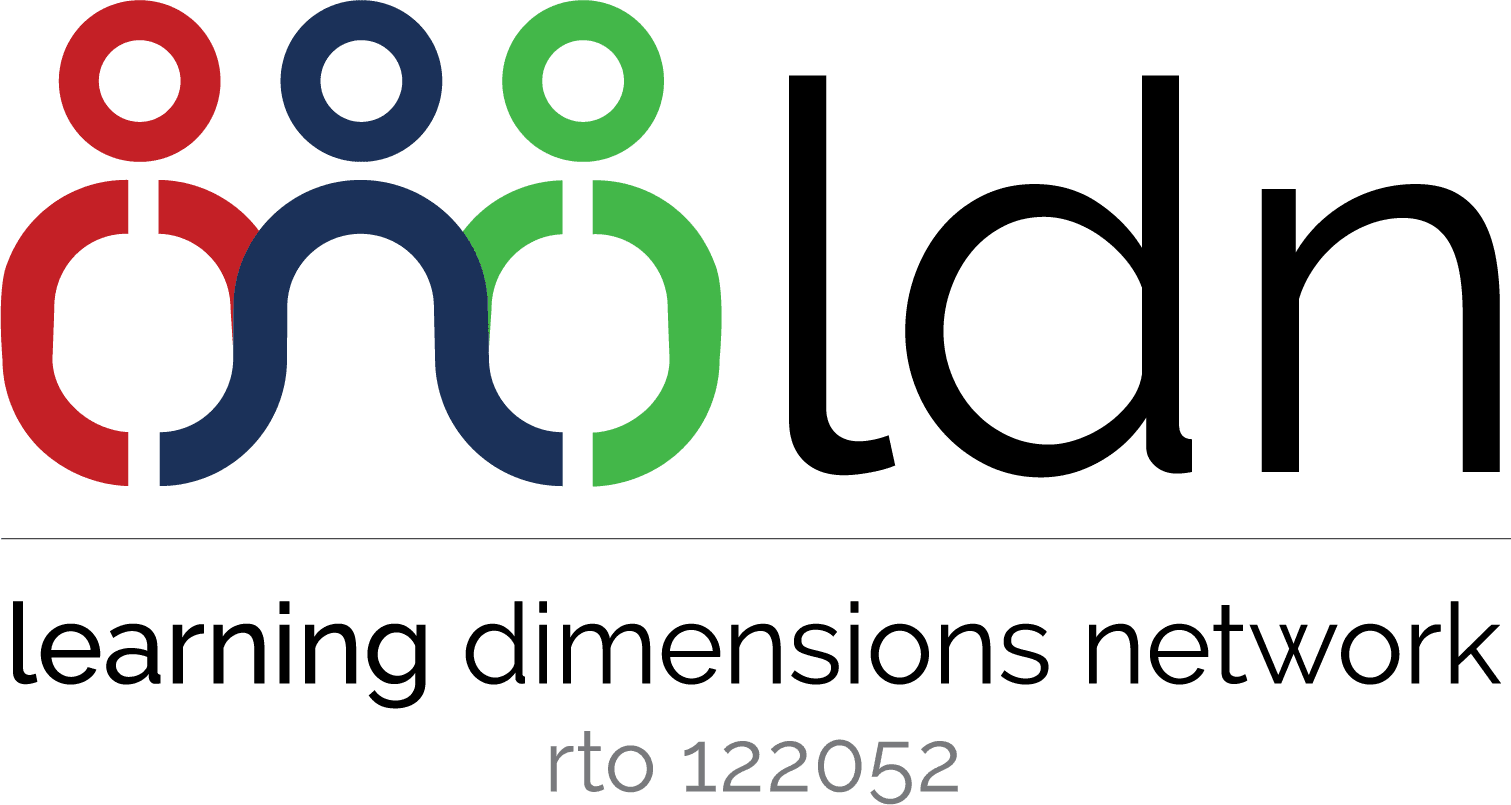
How do you unlock the potential of large group training for impactful skills development?
When it comes to effective training, addressing the unique needs of training large groups presents both a challenge and an opportunity.
While 16-18 participants is an ideal group size, sometimes organisations will train much larger groups, when they need to:
- train an entire workforce in new policies or procedures
- run a special event, conference or launch
- kick off the deployment of a new project
- bring in people and teams from different or remote locations
- have downtime and want to use that time to train your people
Large group facilitation requires a unique approach.
At the core, facilitating training for large groups requires a nuanced understanding of group dynamics as large groups can vary significantly in terms of participants’ backgrounds, learning styles, and engagement levels. In large groups, it can be easy for participants to hide out or get left behind from the group, particularly if a participant hasn’t been in this type of learning environment before. The facilitator needs to be adept at navigating these complexities, using a variety of strategies that ensure inclusivity and participation. By creating an environment where every voice is valued, you foster a culture of speaking up, shared learning, and collective insights.
To maximise success, we have found three key elements that impact the effectiveness and delivery of training programs to large groups. Understanding and addressing these factors ensures that the learning experience is engaging, informative, and tailored to the needs of a large group.
Deliberate design of the program’s structure and activities.

Consider the following:
- Activities for small groups may not translate well logistically for large groups.
- Debriefing practices should allow for comprehensive discussions in a larger setting.
- Time constraints become more pronounced with larger groups. Ensure you have allocated enough time for content delivery, activities and discussions.
- Personal interaction with each group or participant by the facilitator becomes challenging, impacting the depth of engagement and understanding.
- Group organisation needs to be streamlined to prevent loss of time as participants sort themselves into teams or breakout groups, so instructions and directions need to be clear.
- Individual interaction must be included within the design to ensure that despite the scale, personal engagement and learning are not compromised.
Best practice in designing programs for large groups involves designing scalable and inclusive activities that captivate every participant, while efficiently navigating group size, logistical and time constraints.
Designing activities that encourage personal engagement through direct interaction and feedback is crucial, ensuring each individual’s contributions are heard and acknowledged. This approach may include breakout groups and/or technologies that encourage wider interaction between the participants, using structured debriefing methods for thorough discussions, and organising groups strategically to optimise content delivery time.
Logistics and setup of the training space

The physical setup of your training environment plays a crucial role in facilitating effective learning for large groups. Some considerations are:
- Optimise the room layout which may involve arranging the space to facilitate easy movement and interaction, for example, round tables for easy group formation or clear pathways for movement.
- Breakout spaces are essential for group activities, requiring a room large enough to incorporate a layout that accommodates separation of groups without disrupting the overall flow of the session.
- Ensuring all participants can see and hear the facilitator, and the content being presented, is vital for maintaining engagement and ensuring the effectiveness of the delivery. Conducting pre-session checks of all equipment is crucial to avoid disruptions.
For the best outcome, it’s essential to carefully plan the logistics and setup of the space, optimising the room layout and enhancing visibility and audibility. This can include using a PA system, large screens or projectors, handouts and replacing traditional flipcharts with digital whiteboards to ensure all participants can engage with the content.
The facilitator’s role in large group settings

Facilitators need to be highly skilled to adapt their approach to meeting the unique challenges of engaging a large audience:
Engage hearts and minds to ensure that the learning experience is not just informative but also relevant to everyone personally; without it, training may fail to make an impact, resulting in less effective outcomes. Engaged participants with a personal ‘buy-in’ are more likely to absorb and retain new knowledge and skills and are more likely to leave the training ready and eager to use what they have learnt in their workplace.
Facilitating interaction among participants fosters a collaborative learning environment, even within the constraints of a larger group. Encouraging cross-functional collaboration during the training allows individuals from different departments to share and understand diverse perspectives. This not only enriches the learning experience by introducing varied viewpoints but also enhances problem-solving and innovation by highlighting different approaches to common challenges. This paves the way for improved communication, collaboration, and understanding across the organisation, breaking down silos and fostering a more cohesive and positive team dynamic.
Monitoring the engagement of the group is central to success. Skilled facilitators can ‘read the room’, noticing when participants may be disengaging, and can adjust their approach and delivery method for the best outcome.
Adaptability in presentation style and techniques to ensure clarity and engagement across the entire group.
Effective use of technology can aid in maintaining engagement, facilitating group discussions, and ensuring that learning objectives are met. Polling the group in real-time during the session using audience response systems or apps can be a way to gain an understanding of the opinions of the group in real-time.
Skillful time management to accommodate the deeper logistics involved in large group activities, ensuring that all planned content can be covered without compromising understanding or making the group feel rushed.
Great facilitators must excel in efficiently managing both content delivery and time which requires careful consideration of program design, logistical setup, and facilitator techniques. By addressing all areas, facilitators can create an effective and engaging learning experience that scales appropriately with the size of the group, ensuring that each participant benefits fully from the program, learning and key messages are embedded and organisations maximise their return on investment.
At LDN, we specialise in crafting learning experiences that resonate with every participant, ensuring everyone in our large group training leaves equipped to contribute positively to their workplace.
Whether you’re looking to enhance leadership skills or promote a culture of safety in your organisation, LDN is your partner in achieving lasting change. We deliver high impact training programs to large groups, both domestically and internationally, even simultaneously thanks to our extensive network of industry expert facilitators and subject matter experts.
Partnering with LDN is not just an investment in training, but an investment in tangible outcomes: safer workplaces, enhanced skills, better performance, and a direct impact on your bottom line. Our clients are not just accessing training solutions; they’re unlocking the potential for significant growth and efficiency within their team, ensuring that professional development efforts translate directly into measurable results and return on investment.
Participant feedback from a recent large group training for the commodities industry:
“The facilitator was fantastic and raised a lot of awareness.”
“An effective, impactful, and enjoyable training program”
“I will ask more open questions to get that person thinking more about their actions and how it impacts them personally. I will stand my ground more if I see someone doing something unsafe but using the tools I learnt in this program.”
“I have a renewed focus on the importance of safety and the consequences of complacency”.






